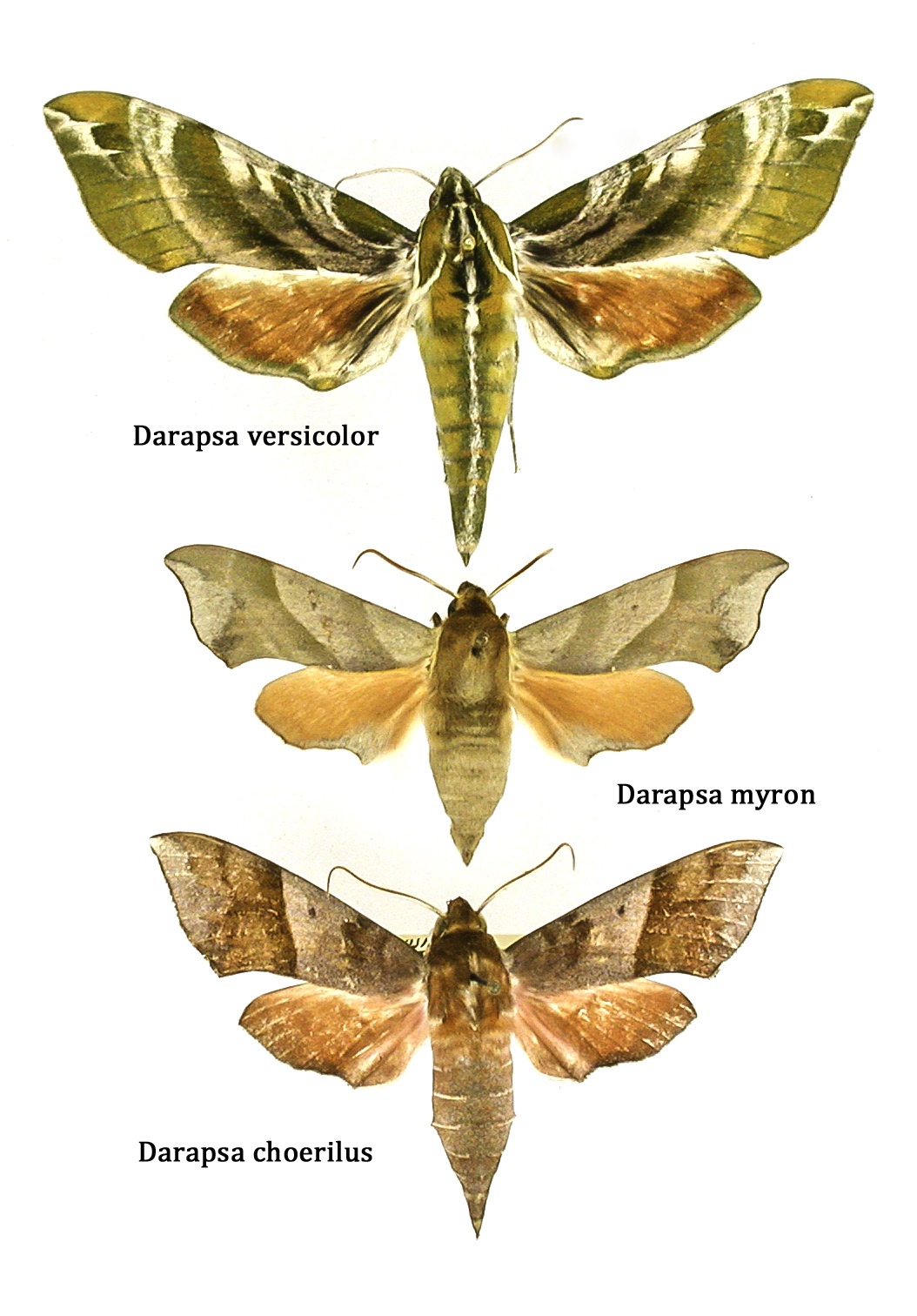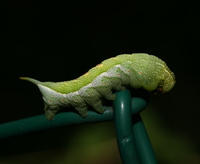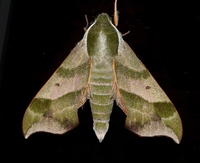
| Recorded by: Mark Basinger on 2025-08-31
Rowan Co.
Comment: | 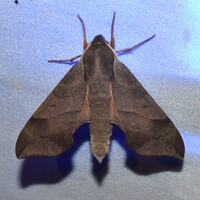
| Recorded by: Jeff Niznik, David George on 2025-08-29
Richmond Co.
Comment: |
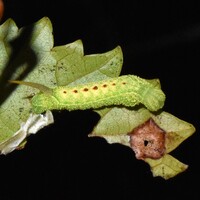
| Recorded by: Jeff Niznik, David George on 2025-08-29
Moore Co.
Comment: | 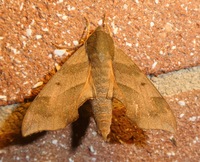
| Recorded by: Simpson Eason on 2025-08-21
Durham Co.
Comment: |

| Recorded by: K. Bischof on 2025-08-17
Transylvania Co.
Comment: | 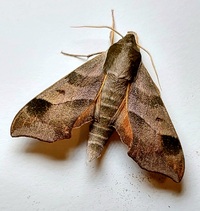
| Recorded by: Mark Basinger on 2025-08-15
Ashe Co.
Comment: |
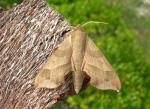
| Recorded by: R. Newman on 2025-08-09
Carteret Co.
Comment: | 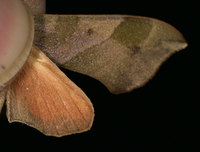
| Recorded by: Jim Petranka, Mark Basinger and Becky Elkin on 2025-08-03
Moore Co.
Comment: |
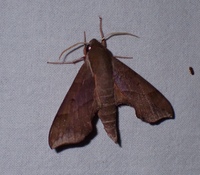
| Recorded by: Sarah Toner and Larry Chen on 2025-07-30
Tyrrell Co.
Comment: | 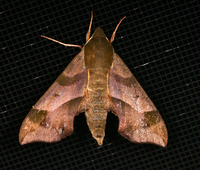
| Recorded by: Jim Petranka on 2025-07-19
Madison Co.
Comment: |
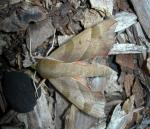
| Recorded by: R. Newman on 2025-07-14
Carteret Co.
Comment: | 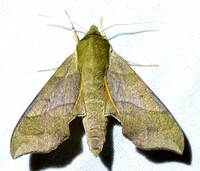
| Recorded by: Dean Furbish on 2025-07-04
Wake Co.
Comment: |

| Recorded by: Dean Furbish on 2025-06-30
Wake Co.
Comment: | 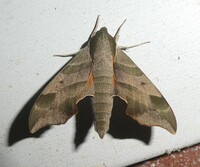
| Recorded by: Simpson Eason on 2025-06-26
Durham Co.
Comment: |
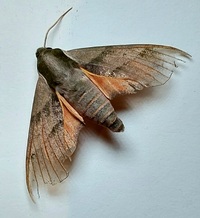
| Recorded by: Mark Basinger on 2025-06-25
Buncombe Co.
Comment: | 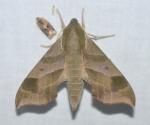
| Recorded by: K. Bischof on 2025-06-22
Transylvania Co.
Comment: |
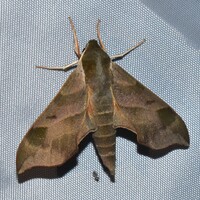
| Recorded by: Jeff Niznik, David George, Larry Chen, Sarah Toner, Joye Zhou on 2025-06-20
Richmond Co.
Comment: | 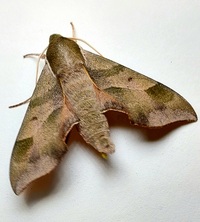
| Recorded by: Mark Basinger on 2025-06-03
Wilson Co.
Comment: |

| Recorded by: Simpson Eason on 2025-05-31
Durham Co.
Comment: | 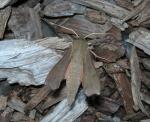
| Recorded by: R. Newman on 2025-05-19
Carteret Co.
Comment: |
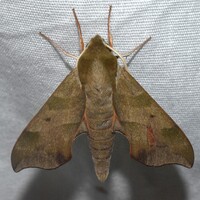
| Recorded by: David George, Jeff Niznik, Brian Bockhahn on 2025-05-09
Cumberland Co.
Comment: | 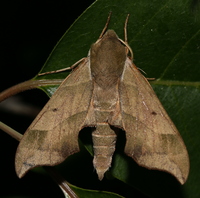
| Recorded by: David George, Jeff Niznik, Jim Petranka, John Petranka, Becky Elkin on 2025-05-09
Cumberland Co.
Comment: |

| Recorded by: Mark Basinger and Miles Buddy on 2025-04-26
Brunswick Co.
Comment: | 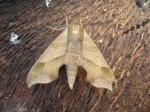
| Recorded by: R. Newman on 2025-04-25
Carteret Co.
Comment: |
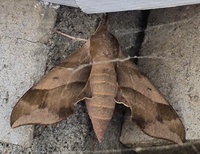
| Recorded by: Michael P. Morales on 2025-04-21
Cumberland Co.
Comment: | 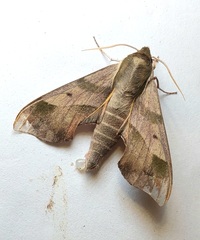
| Recorded by: Mark Basinger on 2025-04-19
Brunswick Co.
Comment: |

| Recorded by: R. Newman on 2024-10-06
Carteret Co.
Comment: | 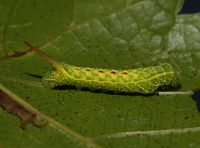
| Recorded by: David George, Stephen Dunn, Jeff Niznik on 2024-09-12
Orange Co.
Comment: |
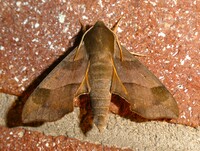
| Recorded by: Simpson Eason on 2024-09-03
Durham Co.
Comment: | 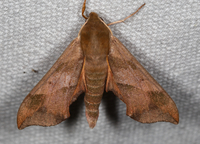
| Recorded by: Jim Petranka on 2024-08-30
Madison Co.
Comment: |
|

 »
»